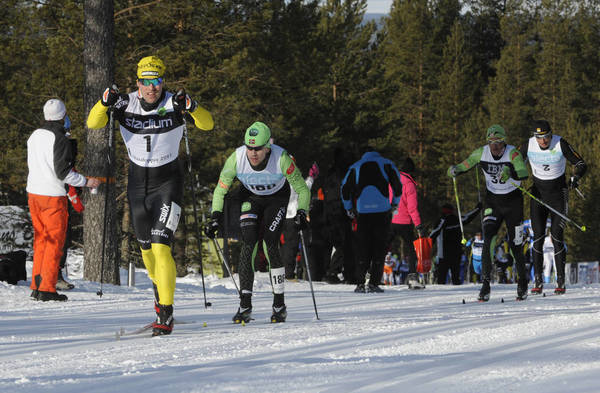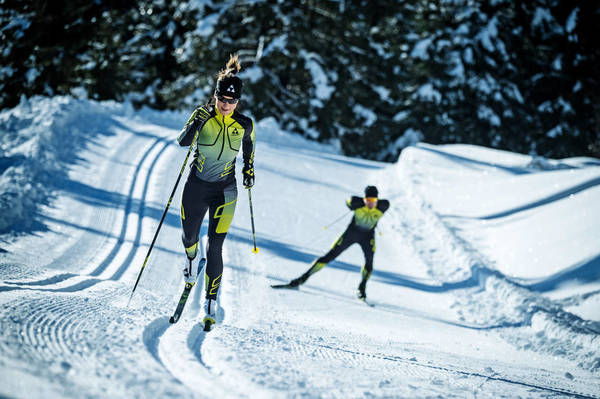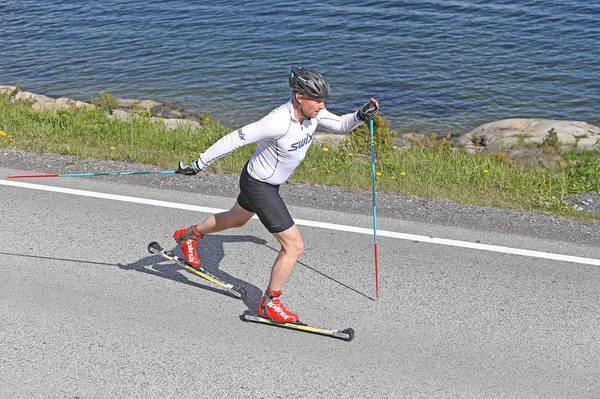How to Prepare for Vasaloppet and Achieve Success
Are you considering participating in the oldest and largest cross-country ski race in the world? We spoke with 11-time competitor and ski specialist Bo Jensen about how to prepare for Vasaloppet

Every year on the first Sunday of March, 15,800 cross-country skiers, including Bo Jensen, eagerly await the start of the legendary 90-kilometer race. It marks the culmination of months of hard work, dedication, and preparation.
Here are Bo’s top tips on how to prepare for Vasaloppet 2018:
Get in shape
If you’re already jogging, cycling, or maybe inline skating, you’re off to a good start. However, you need to get on a pair of skis to learn the technique and acclimate your body to cross-country skiing.
“I would recommend that you have about 300 kilometers of experience with cross-country skis before Vasaloppet,” says Bo. He notes that some first-timers complete it with fewer kilometers of experience.
If you’re fortunate enough to live in an area with snow during the fall/winter, the key is to get out there and ski. Bo recommends The Fischer Twin Skin Carbon IPF Classic Race, which are waxless skis. This means you don’t have to master the challenging skill of kick waxing.

Skin skis have mohair skin that provides good grip and forward glide even in icy and grippy snow. They also perform well in warmer snow temperatures when there is fresh snow, and when a dreaded “ice clump” might form on the bases of traditional skis.
“A skin-ski is the right choice for most skiers. It doesn't take much preparation to get them ready for the trails. Just take them out of storage, and you’re good to go,” says Bo.

Are you looking out the window wondering why it isn’t snowing yet, or do you live in a country where it doesn't snow often? Don’t worry, there are still plenty of ways to get into shape for Vasaloppet.
“Do yourself a favor and get a pair of roller skis. It’s the closest you’ll get to cross-country skiing without snow. The main techniques are the same, and both roller and cross-country skiing are excellent for training the body's cardiovascular system and all the major muscles,” says Bo.
Even though roller skis are a great way to practice cross-country skiing year-round, Bo emphasizes that you need to get on a real pair of cross-country skis before participating in Vasaloppet.
“You don’t get the same glide between the ski and the snow as you do with roller skis and asphalt. Additionally, maneuvering is different because a cross-country ski is longer than a roller ski.”
Are you busy during weekdays? Don’t worry, just take short high-intensity trips focused on interval training. Reserve long trips for the weekend, where you have time for low-intensity training focused on cardio and technique.
Learn more about what to consider when buying a pair of roller skis here. Remember to supplement skiing with some muscle and core training.
Learn about how to choose the right cross-country poles, boots, and clothing, and get all of Bo’s secret tips for surviving Vasaloppet in part two of “How to Prepare for Vasaloppet and Achieve Success.
